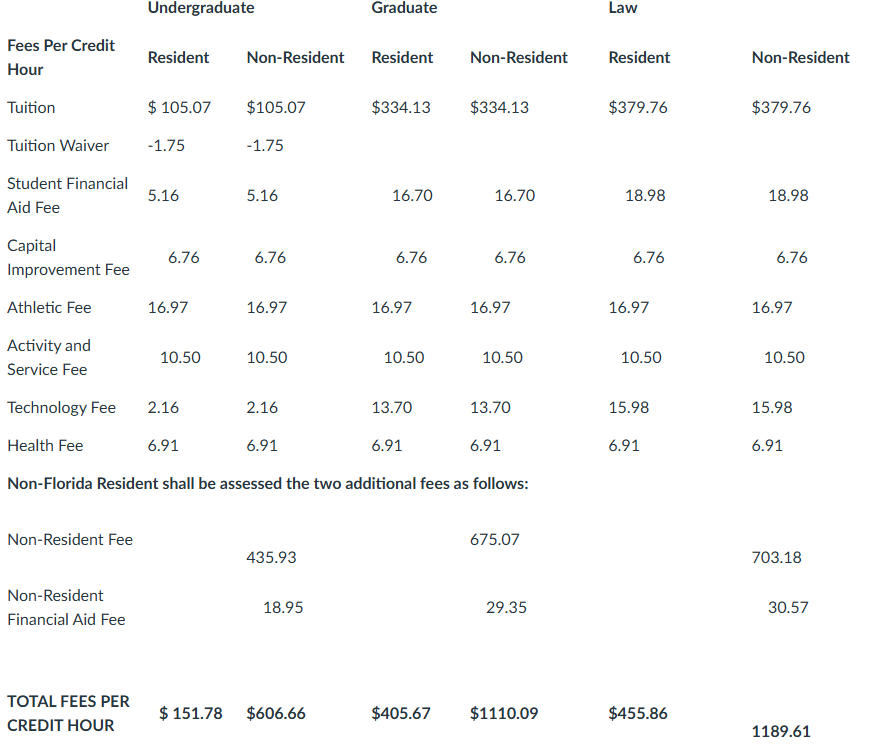Sports are one of few unifying forces in the world, and in the United State, the popularity of football is rampant. While baseball has traditionally been referred to as America’s pastime, television ratings and the amount of revenue generated show that football has been the people’s choice for years now. Every autumn, amateur and professional football not only dominate television ratings, but the news cycle as well. And as technology has evolved and media coverage increased, “football season” has become close to year-round.
From when the college football season begins in late August, until the Super Bowl parade around mid-February, football captivates the American viewing audience like no other form of
entertainment. The National Football League’s “Thursday Night Football” starts what has now become an entire weekend of football, leading Thursday night primetime programming. Fridays are generally reserved for high school football, the inspiration behind 2004 box office smash “Friday Night Lights” and the subsequent series of the same name that aired on NBC from 2006 through 2011. Saturdays belong to the multi-billion dollar college football industry, leaving Sundays designated for the NFL empire. “Monday Night Football” closes out the weekend of football, leaving just Tuesday and Wednesday before turning around and doing it all again.
Impact on youth
With football dominating the airwaves for months out of the year, it comes as no shock that many boys aspire to be football players. They watch their favorite players on their favorite teams perform and envision themselves in their shoes.
“I always loved football,” says Greg Bethune, who started playing organized football at four years old and won a state championship as a member of South Florida high school football powerhouse Miami Central’s 2014 team. “I think growing up in Miami when “The U” was killing everybody played a role in that for sure. I don’t think nobody ever made me watch [football]. I’d just find myself watching and see them running all over the place and dancing and having fun with a whole bunch of people cheering… it looked like the greatest job someone could ever have as a four or five-year-old. Who wouldn’t want to be part of something like that?”
The downside
Kids do not envision dealing with the effects of the routine blows to the head long after playing days are over. Nor do they picture themselves being literally worked to death by coaches. But why would they? The negatives of football are nowhere near as equally publicized as its benefits. However, the wealth of information available to the general public now makes the drawbacks of America’s pastime of the 21st century too prevalent to ignore. While the shortcomings of football are often lost in the impressionable minds of children, the risks associated with the game are just too much for at least one concerned parent.
The long-term health issues that come with football weigh heavy on the mind of Tiana Mohabir, whose six-year-old son, Jayden, is a football fanatic.
“I love watching football with him,” Tiana explains. “But I just can’t see myself allowing my baby to play knowing the potential impact it could have on his health in the future.”
The possibility of a head injury, or worst, was just too big of a factor for Mohabir to ignore.
“The long-term head injury factor definitely played a role, but it’s not even just that. These boys are dying and getting paralyzed on the field now. I saw this thing with [former NFL quarterback] Mike Vick listing the reasons he wouldn’t let his kids play and if someone of that stature feels like the game is too dangerous for his children, then it’s too dangerous for mine as well. He made his living off of football and he won’t let his kids play. That says a lot to me.”
In 2013, over 4,000 former football players settled a class-action lawsuit against the NFL for over $750 million. According to the amended class-action lawsuit settlement agreement between the parties involved, the suit, which was initially filed in 2012, arose “from the alleged effects of mild traumatic brain injury allegedly caused by the concussive and sub-concussive impacts experienced by former NFL Football players.” The former players, some of who suffered from brain disorders such as depression and dementia, held the NFL responsible for their injuries, claiming the league “breached a duty to NFL Football players to warn and protect them from the long-term health problems associated with concussions.” The lawsuit also stated that the NFL “concealed and misrepresented the connection between concussions and long-term chronic brain injury.”
The Class Representatives decided to settle for multiple reasons, with the possibility of the NFL prevailing on “threshold issues” listed as one of those reasons in the settlement agreement. In addition to monetary awards for former players and derivative or representative claimants, the settlement also included the NFL establishing the Baseline Assessment Program, which provides neuropsychological and neurological examinations for eligible retired players and additional medical testing, counseling, or treatment if they are diagnosed with any cognitive impairments. It also called for an education fund that would provide “programs promoting safety and injury prevention with respect to football players, including safety-related initiatives in youth football, the education of Retired NFL Football Players regarding the NFL CBA Medical and Disability Benefits programs and other educational initiatives benefitting Retired NFL Football Players.”
As part of the settlement agreement, the settlement could not be used as an admission of any wrongdoing against the NFL and those involved in the class action suit would “be barred permanently and forever from commencing, filing, initiating, prosecuting, asserting and/or maintaining” any of their previous claims against the NFL in any court of law or other administrative forum. Those who did not agree with those terms could opt out of the settlement.
Thanks to the settlement, the NFL did not have to disclose what it did or did not know about concussion-linked brain problems. Nonetheless, the spotlight the lawsuit put on the relationship between football and brain illnesses such as chronic traumatic encephalopathy (CTE) was so bright the world of football is still scrambling to figure out a way to deal with the scrutiny. Professional players began to retire earlier, and younger players’ parents began to question if football was safe. In an attempt to make the game appear less violent, both the NCAA and NFL have passed measures in efforts to better protect their players.
Steps taken to make the game safer
Prior to the start of the 2013 season, the NCAA implemented a new targeting rule, which states that a player who leads with the crown of their helmet and/or contacts a defenseless player above the shoulders will be ejected from the game and their team assessed a 15-yard penalty. If the play happens in the second half or overtime, the offending player will be ejected for the remainder of that game and suspended for the first half of their team’s next game. The rule has been much maligned since its inception, with complaints of inconsistency from not just fans and talking heads but players and coaches as well. The NFL also made it a foul to lead with the crown of the helmet in 2013, stating that “it is illegal for a runner or tackler to initiate forcible contact by delivering a blow with the top or crown of his helmet against an opponent when both players are clearly outside the tackle box” in its list of rule changes for the 2013 season. In 2017, they extended defenseless player protections to receivers running a pass route and before the 2018 season, the NFL doubled down on penalizing players for misusing their helmet. Their most recent player protection states that “it is a foul if a player lowers his head to initiate and make contact with his helmet against an opponent”. Like the NCAA’s targeting rule, it is a penalty that will result in a loss of 15 yards and the player possibly being ejected from the game if the hit is deemed egregious enough. If the foul is by the defense, it is also an automatic first down.
In addition to rule changes, the NFL has also created a Scientific Advisory Board composed of “independent experts, doctors, scientists and clinicians who are leading efforts to advance research into concussions, head injuries and their potential long-term effects” to identify research proposals for the NFL to fund.
Looking ahead
Despite recent findings correlating participation in football to CTE, the sport is responsible for more good than bad in the eyes of Dartmouth junior defensive end Tamerick Simpson.
“At the end of the day, football is more than just a game for us players,” Simpson said. “Football is a violent sport. I don’t think anyone plays football not expecting it to impact your body somehow. At the same time, though, I doubt teenagers and young people are looking toward the future when they fall in love with the game, so hopefully more information coming out [about head injuries] will make us players look at it with more foresight.”
Bethune echoed Simpson’s sentiments, claiming football goes a long way in instilling important values in the lives of young men.
“Football taught me how to attack adversity and persevere through obstacles,” he said. “It showed me that hard work pays off. I see [talking heads] saying they doubt football will be around 20 or 30 years from now because of concussions and CTE and stuff and it makes me feel some type of way. I want my future son to be able to experience what I experienced and learn about life through football like I did. I’ve met some of my best friends through playing football. Just the overall experience of being on a football team goes a long way for [young men].”
Mohabir’s hard stance against her son playing football was met with objections from her husband, Omesh, who also cited invaluable life lessons as a reason she should allow Jayden to play. After weeks of pleading back and forth, the couple met in the middle and decided to sign their youngest son up for flag football. Health factors notwithstanding, flag football is currently probably the best route for Jayden considering his age. According to youth flag football coach Joe Cohen, many parents first put their kids in flag football for a year or two to familiarize them with the game before they are subjected to the physicality of tackle football.
“Flag really helps kids kind of get into…understanding discipline and understanding the game and how it works before they have to worry about the hitting aspect,” Cohen explained. “It gives players a chance to show off their speed and athleticism more, too.”
So, is flag football the answer to football’s head injury problem? Former tackle and current flag football player Calvin Robbins says not quite.
“I’m not exactly sure what adjustments they should make to the current game to make it more safe, but I can tell you right now just changing [tackle football] into flag will never work. I feel like flag is fun because it’s more personal, but fanbases and people watching on TV probably won’t feel that way. No matter how hard they try to make football less violent, big hits are still going to be one of the main reasons casual fans watch. Taking them away will do more damage to the game than the people advocating for flag to take over can probably foresee.”
The reality of the situation is, like most things in life, there are two sides to the coin that is football. With the information concerning both sides just a click away, it is the job of the American public to decide if they will continue to embrace football and take the good with the bad.













